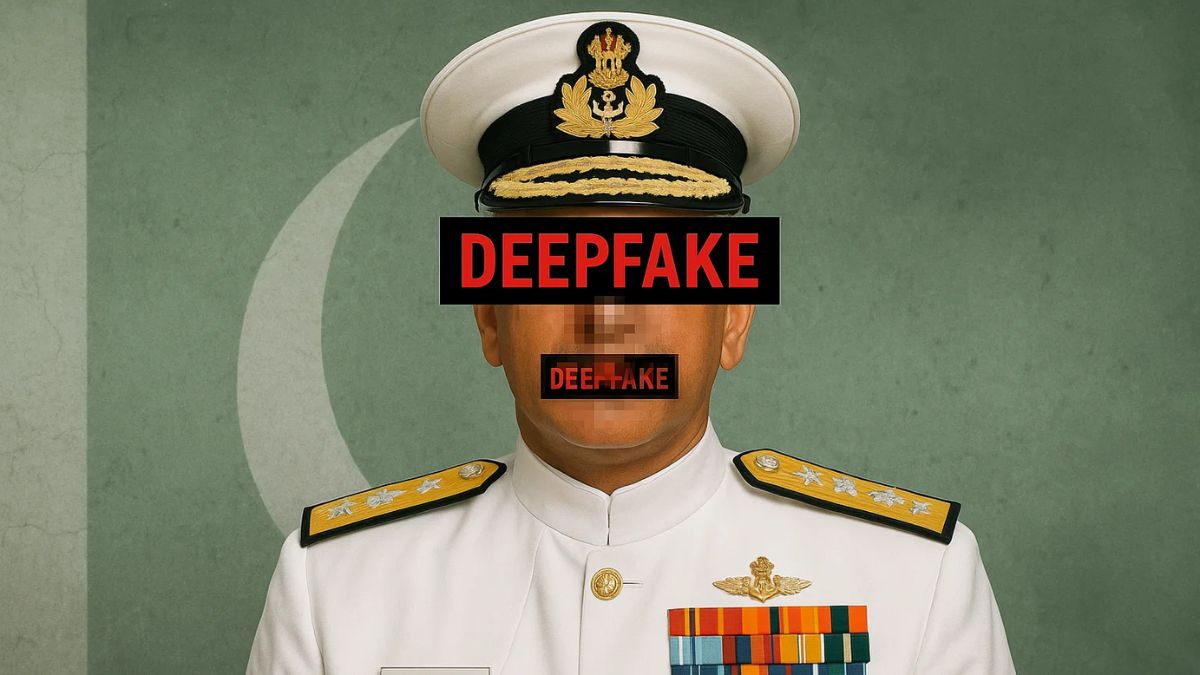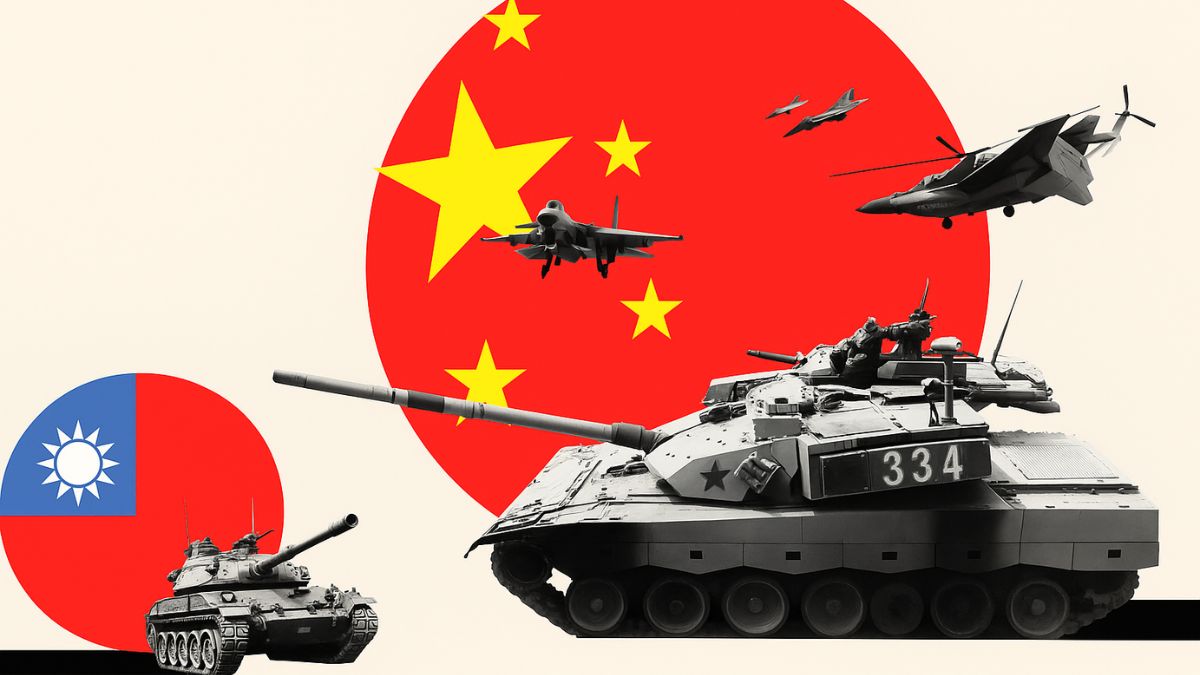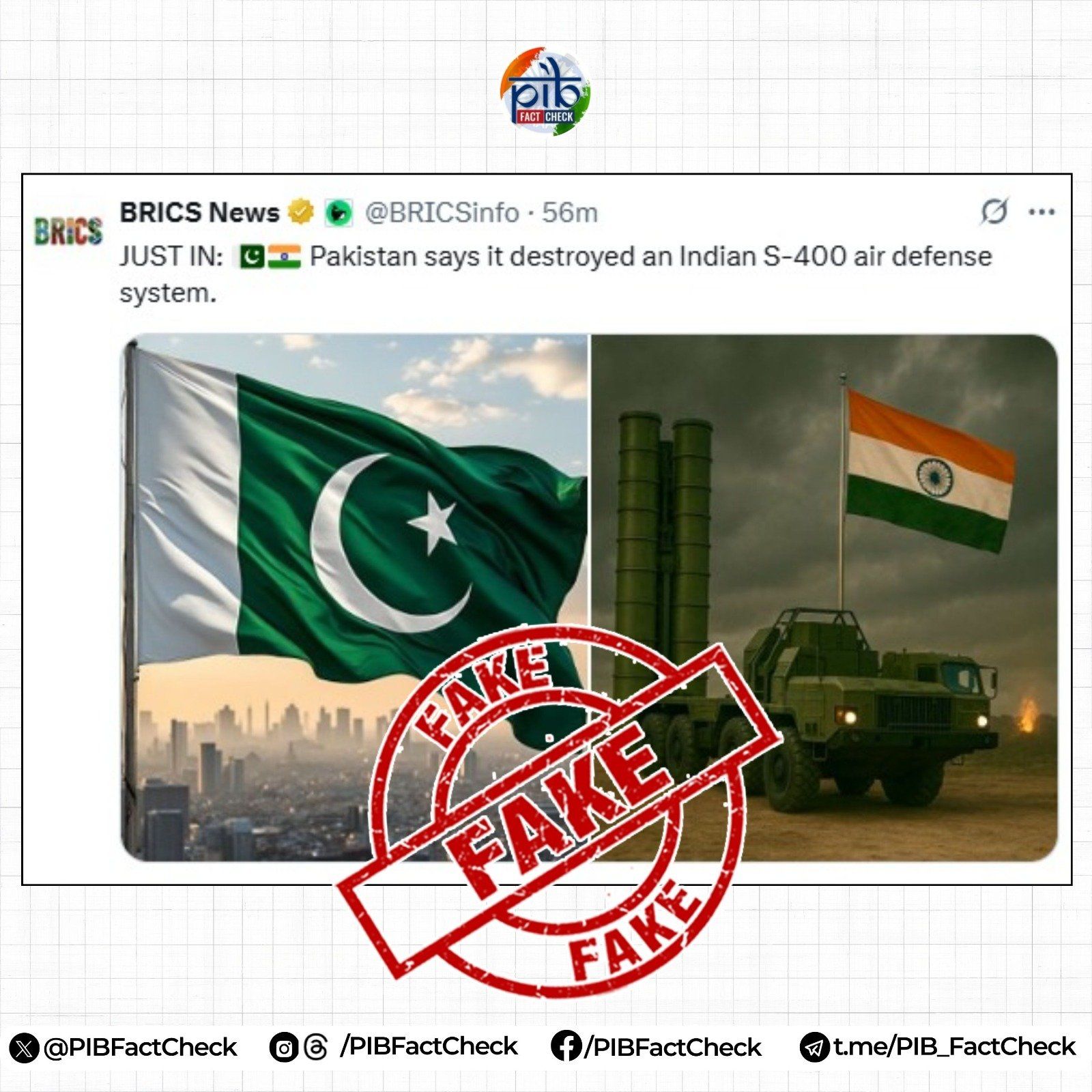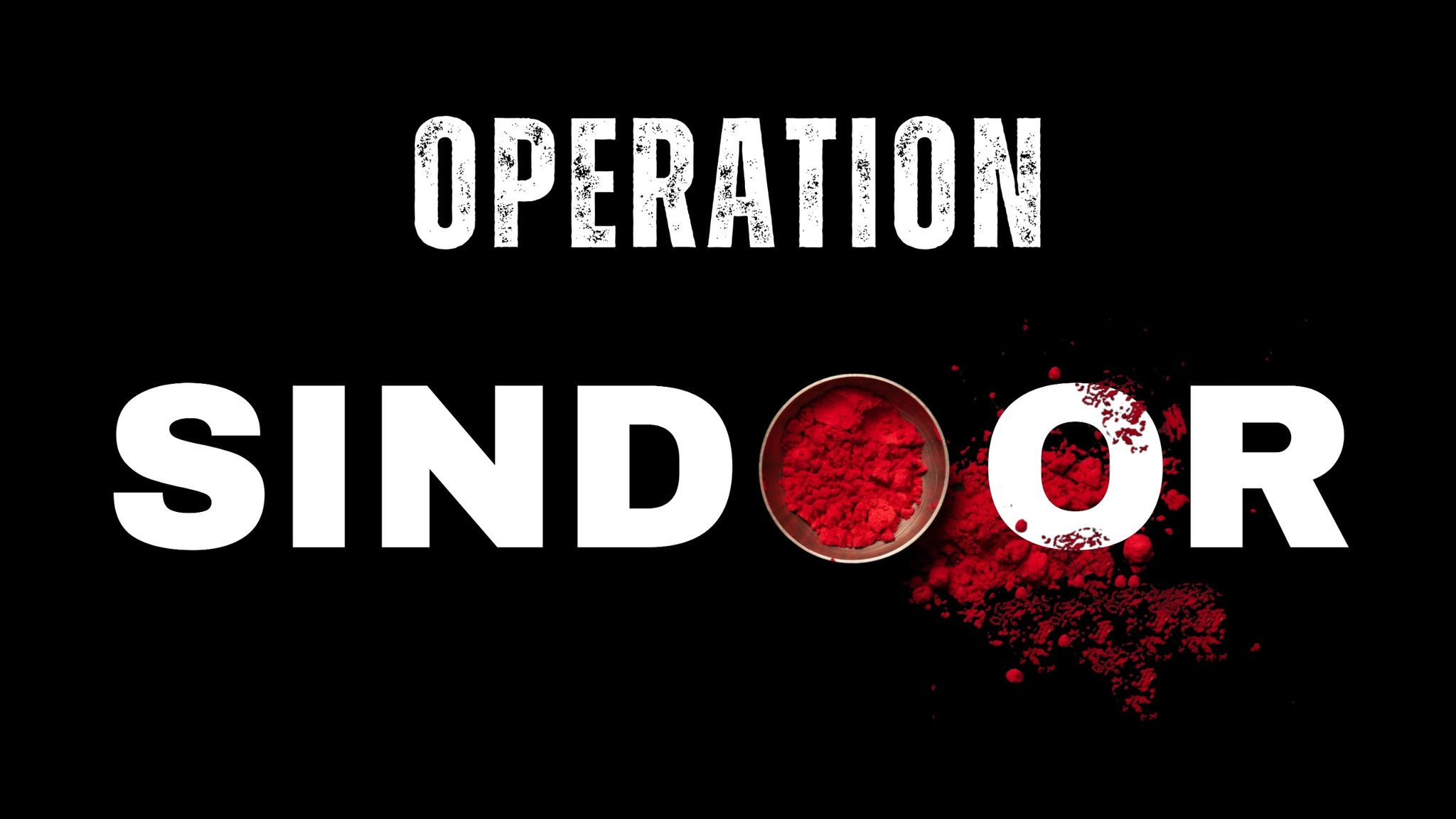IAF’s IACCS+Army’s Akashteer+Navy’s Trigun = Op Sindoor Backbone; Did Rajnath Singh Make Theaterisation Push?
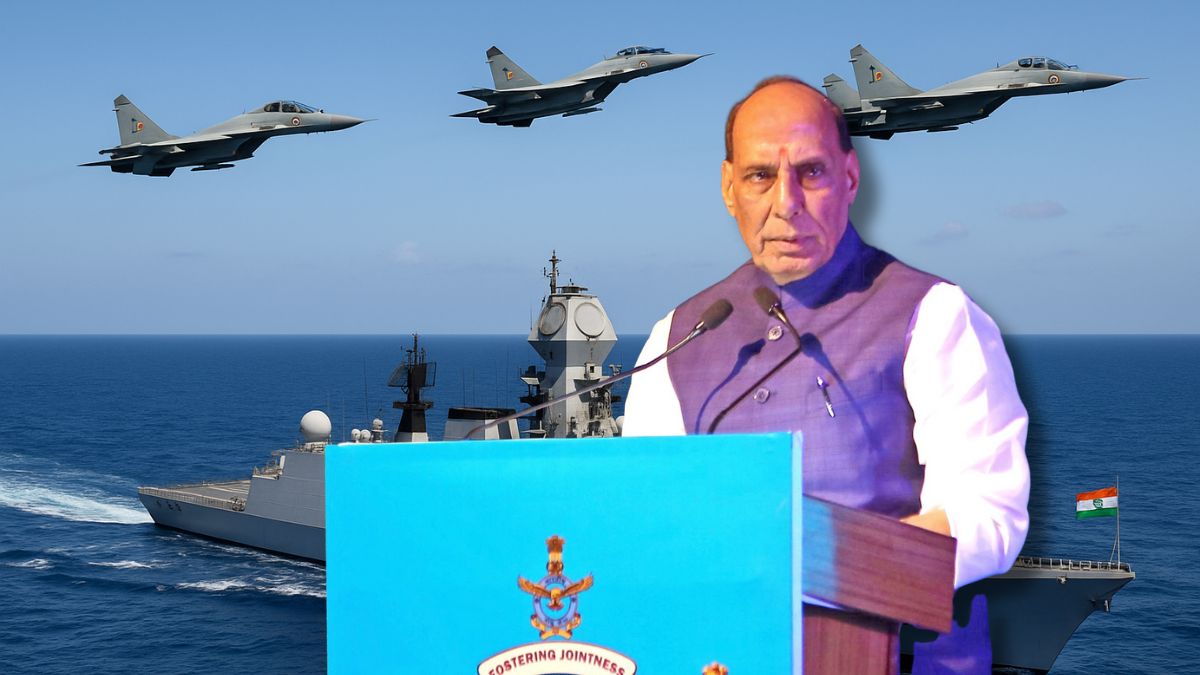
IAF’s IACCS worked in unison with Indian Army’s Akashteer & Indian Navy’s Trigun, making a joint operational backbone during Op Sindoor. Image courtesy: RNA
India’s retaliatory strikes on terror hubs in Pakistan and PoK during Operation Sindoor was not only a display of our military might but also a show of the coordination of all the three forces – Army, Navy and Airforce. Defence Minister Rajnath Singh underlined the same at a seminar on Tuesday (September 30, 2025).
In a recent seminar at Subroto Park, Singh explained how India proved its operational superiority during Operation Sindoor, underscoring the mission showcased real-time synergy between the Army, Navy and Air Force, allowing commanders to make swift, accurate decisions while eliminating risks like friendly fire.
Calling it a “living example of jointness delivering decisive results,” he said Operation Sindoor should now serve as the benchmark for all future missions.
Operation Sindoor: A trailer of theaterisation?
Singh’s latest remarks highlighting the joint effort of the forces during the operation comes in the backdrop of increased talks on theaterisation of armed forces. Late in August 2025, Chief of Defence Staff (CDS) General Anil Chauhan addressed what he called “dissonance” within the armed forces over the proposed creation of tri-services theatre commands.
“There could be a difference among the three services, but we are able to listen to that point,” he said, further describing the openness as a sign of maturity, stressing that all disagreements would be resolved in the “best interest of the nation.”
What made Op Sindoor’s Command Structure So Effective?
A key highlight of the May 2025 operation was the integrated backbone created through three major systems – IACCS (Air Force’s Integrated Air Command and Control System), Akashteer (Army’s air defence control network), and Trigun (Navy’s command and control system).
Together, these allowed seamless coordination across domains, air, land and sea, creating a unified operational picture and drastically improving combat efficiency.
Why is jointness now a strategic necessity?
Speaking at the seminar titled ‘Fostering Greater Jointness’, Rajnath Singh emphasised that modern warfare demands integration rather than isolated action. He warned that traditional and emerging threats across land, sea, air, space and cyberspace make collaboration non-negotiable.
While each service can respond independently, he said, “collective strength is the true guarantor of victory.”
He also referenced the recent Combined Commanders’ Conference in Kolkata, where Prime Minister Narendra Modi reinforced the government’s push for integrated force structures.
What digital tools are strengthening joint ops?
The Defence Minister praised the rapid digital transformation within the services:
Army – Computerised Inventory Control Group (CICG)
Air Force – Integrated Materials Management Online System (IMMOLS)
Navy – Integrated Logistics Management System
He announced work on a Tri-Services Logistics Application that will merge these platforms, reduce wasteful procurement and give all three forces shared visibility of inventories.
Singh acknowledged that over the decades, each service evolved systems and audits in silos due to varied terrains and missions, from Siachen to the deep seas. However, he said that such compartmentalisation now limits efficiency. With this, the defence minister urged open sharing of knowledge rather than letting innovations “remain within walls”.
Why is harmonisation critical in cyber and aviation safety?
The Raksha Mantri warned that different standards across services, especially in fields like aviation safety and cyber defence, could create dangerous vulnerabilities. Even minor lapses can trigger cascading failures. He stressed the need for harmonised inspection protocols without erasing the unique operating conditions of each force.
He said achieving true jointness will require cultural change, not just reforms and platforms. Senior leadership must actively communicate the value of integration and overcome habits rooted in legacy structures. Respect for individual service traditions, he said, should go hand-in-hand with the creation of new joint frameworks.
The services should also study international best practices but adapt them to India’s geography, threat matrix and culture, according to defence minister Singh. “Our answers must be Indian answers,” he stated, reminding the audience that sustainability depends on context, not imitation.
Who else is being brought into the joint framework?
The Defence Minister called on the Indian Coast Guard, BSF and DGCA to move towards the same path of integration. Only full-spectrum coordination, he said, can prepare India to meet future challenges across domains. Senior military leadership from all three services, along with ICG, BSF, DGCA and veterans, attended the event.
Key outcomes included consensus on standardising inspection processes, exploration of interoperability in aviation safety, commitment to joint aerospace safety standards, a renewed push for cross-service knowledge sharing.

